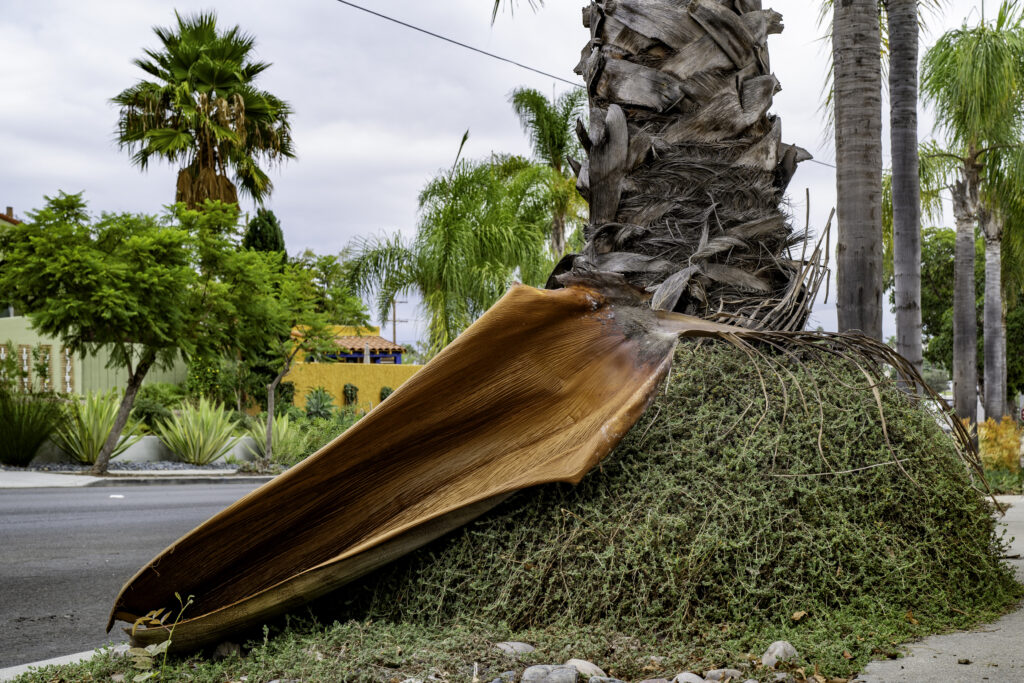Fifteen years ago today, the Wilcox family moved to San Diego. Apart from an 18-month hiatus, my wife lived in the Washington, DC area for about a quarter century, which was most of her adult life in October 2007. I can claim about a decade less residence in and around the Beltway but still a little more time than California—but not much longer, if we don’t vamoose sometime soon.
The city seemed sleepily comfortable for our first 10 or so years here. But since 2016-17, dramatic changes started to accelerate, reaching shocking crescendo during the SARS-CoV-2 (severe acute respiratory syndrome Coronavirus 2)/COVID-19 lockdowns—when, if nothing else, cost of housing (buying or renting) exploded upwards.
Building Bonanza
Relaxed zoning rules that encourage multi-unit dwellings anywhere and everywhere transform neighborhood landscapes into crowded cityscapes of mismatched, tightly-packed structures. Our community of University Heights is massively transformed because of new construction and so-called bikeways that usurp parking spaces and create driving hazards along Meade Avenue and Park Blvd.
University Heights overlooks Mission Valley, which population the city plans to increase by 50,000 people before 2050, bolstered by an expansion of 11,200 housing units to 39,200. What infrastructure will support them, I wonder. Consider California’s ongoing drought conditions, if nothing else. Where will the water come from to accommodate such population expansion—and that’s just one small section of San Diego County?
Locally, the clanking and pounding of construction noise is constant, except nights and (sometimes) Sundays. That’s from multiple projects on the same street or blocks away; all reminders of massive transformation being squeezed into a short span of time.
Societal Shift
San Diego is less Navy town and more liberal progressive, culturally, in 2022. One indicator: I see more rainbow flags, even fire hydrants, than the Stars and Stripes. That’s an observational change that bloomed during state-ordered Coronavirus closures, which coincidentally—or not—accelerated after the racial riots and leading up to the Presidential election, during 2020.
Looking back to 2017, when we nearly bought a house in University Heights, I feel like we moved somewhere else all while staying in place—that’s how dramatic are the changes afoot. Besides construction-mania, increasing population-density, and ballooning cost of living, homelessness is endemic and violent crime is up, to name a few concerns.
Change can be bad or good, depending on perspective. Some of my neighbors enthusiastically embrace urbanization that means more breweries, eateries, and shops—and within walking distance. They want more social San Diego. I crave the small town in a big city feel that rapidly disappears.
Fallen Frond
With that, let me explain the Featured Image. This morning, Annie stopped to shoot the fallen frond with her iPhone 13 Pro. She had a good idea, so I followed her example with Leica Q2. Maybe there’s a metaphor here, but my intention is merely to mark a moment with what means something to me: Trees and other flora or fauna that greenly grace or enliven the urban landscape.
Photo vitals, aperture manually set: f/6.3, ISO 100, 1/160 sec, 28mm; 11:35 a.m. PDT.
